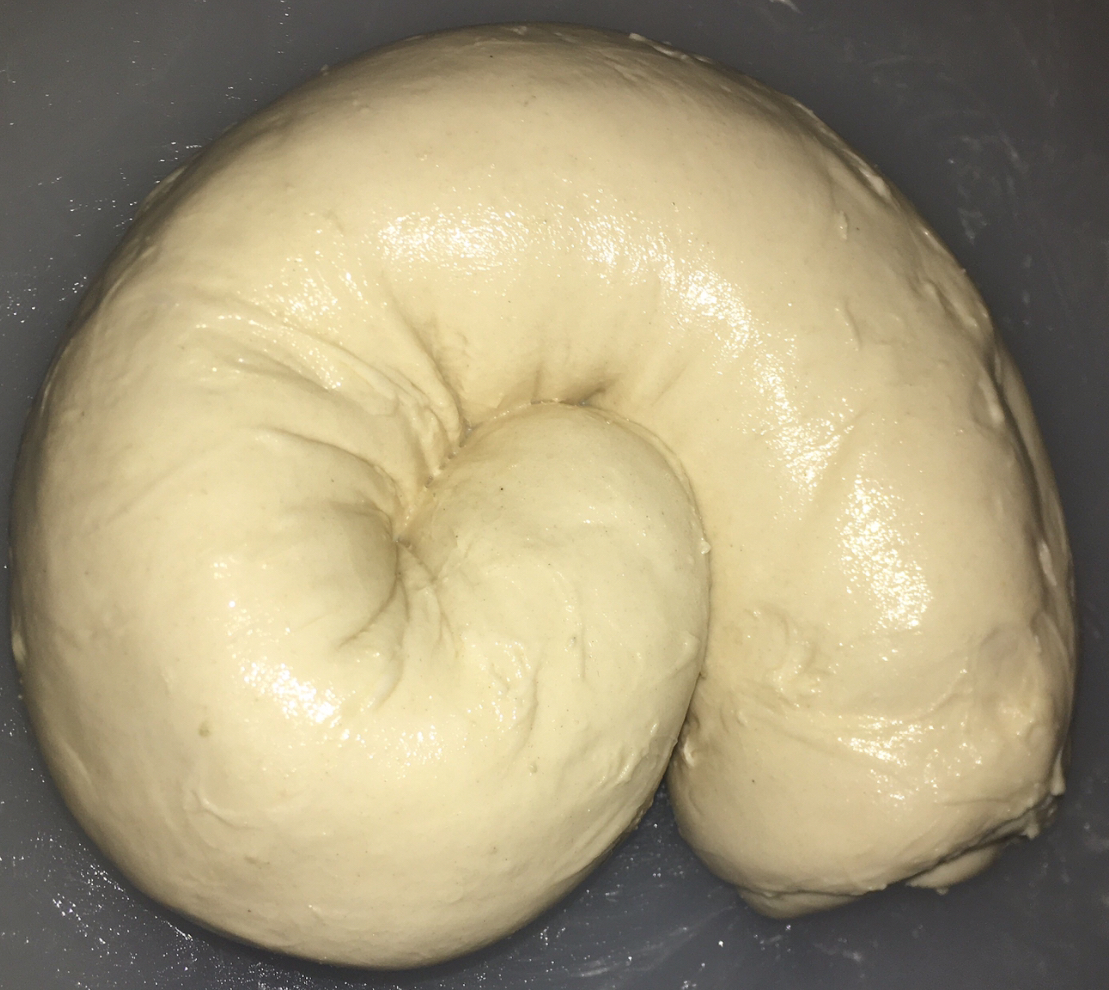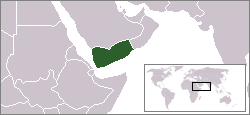|
Khubz Mulawah
Khubz mulawah ( ar, ž«ž©ž▓ ┘ģ┘ä┘łžŁ), mulawah ( ar, ┘ģ┘ä┘łžŁ), or rashush ( ar, ž▒ž┤┘łž┤) is a Yemeni flatbread that is baked in a traditional tannur in Yemeni cuisine. A similar bread, malawach, has been brought to Israel by Yemenite Jews . Khubz mulawah is often eaten for breakfast with ghee and honey on weekends. Etymology Both mulawah and Lahoh terms come from the Arabic root ( l-w-ßĖź) which means the thing that is flat. See also * Yemeni cuisine * Arab cuisine * Shafoot * Fatoot * Zhug Zhug ( he, ūĪų░ūŚūĢų╝ūÆ, s'ßĖźug), sahawiq (Yemeni Arabic: ) or bisbas (Somali language, Somali: ) is a hot sauce originating in Yemeni cuisine. In other countries of the Arabian Peninsula it is also called ma'booj ( ar, ┘ģž╣ž©┘łž¼}). Etymolo ... References {{Flatbreads Yemeni cuisine Puff pastry ... [...More Info...] [...Related Items...] OR: [Wikipedia] [Google] [Baidu] |
Fahsa
Fahsa ( ar, ┘üžŁž│ž®, Fahsa) is a Yemeni stew. It is made of lamb cutlets with lamb broth. Spices and hilbah (a dip made with fenugreek) are added after cooking. See also * List of lamb dishes * List of stews This is a list of notable stews. A stew is a combination of solid food ingredients that have been Cooking, cooked in liquid and served in the resultant gravy. Ingredients in a stew can include any combination of vegetables (such as carrots, potato ... * References * Arab cuisine Yemeni stews Lamb dishes {{Arab-cuisine-stub ... [...More Info...] [...Related Items...] OR: [Wikipedia] [Google] [Baidu] |
Malawach
Malawach or MelawwaßĖź, (; literally means "board-like bread"), is a flatbread that is traditional in Yemenite Jewish cuisine. It was brought to Israel by Yemenite Jews. Malawach resembles a thick pancake but consists of thin layers of puff pastry brushed with oil or fat and cooked flat in a frying pan. It is traditionally served with hard-boiled eggs, ''zhug'', and a crushed or grated tomato dip. Sometimes it is served with honey. History Malawach is made from the same dough as jachnun, a Yemenite Jewish Shabbat bread, and both originated as a variation of hojaldre, a Sephardic Jewish puff pastry, brought to Yemen by Jews expelled from Spain. Hojaldre later became ''"ajin"'', an enriched dough only made by the Yemenite Jews, and was not made by the non-Jewish Yemenis, according to Rabbi Gil Marks, a Jewish food historian Preparation Malawach was traditionally prepared at home by the women in the Yemenite Jewish community, and is made out of a laminated dough similar to ... [...More Info...] [...Related Items...] OR: [Wikipedia] [Google] [Baidu] |
Shafoot
Shafoot ( ar, ž┤┘ü┘łž¬) also known as shafuta, is a traditional and a very popular appetizer food in Yemen. It is typically made of lahoh (a sourdough flatbread) or shredded bread, "Haqeen" (Buttermilk#Traditional buttermilk, traditional buttermilk) and Yogurt, Zhug and Leek. Shafoot is served cold as it is kept in the fridge after mixing its ingredients for some time so that the lahoh absorbs the liquid added into it. It is widely eaten in the North part of Yemen, especially during the month of Ramadan. References Yemeni cuisine Appetizers {{arab-cuisine-stub ... [...More Info...] [...Related Items...] OR: [Wikipedia] [Google] [Baidu] |
Arab Cuisine
Arab cuisine ( ar, ž¦┘ä┘ģžĘž©ž« ž¦┘äž╣ž▒ž©┘Ŗ) is the cuisine of the Arabs, defined as the various regional cuisines spanning the Arab world, from the Maghreb to the Fertile Crescent and the Arabian Peninsula. These cuisines are centuries old and reflect the culture of trading in baharat (spices), herbs, and foods. The regions have many similarities, but also unique traditions. They have also been influenced by climate, cultivation, and mutual commerce. Medieval cuisine Breads The white bread was made with high-quality wheat flour, similar to bread but thicker, the fermented dough was leavened usually with yeast and "baker's borax" () and baked in a '' tandoor''. One poetic verse describing this bread: "In the farthest end of Karkh of Baghdad, a baker I saw offering bread, splendidly marvelous. From purest essence of wheat contrived. Radiant and absolute, you may see your image reflected, crystal clear. rounds glowing with lovely whiteness, more playful than gorgeous singin ... [...More Info...] [...Related Items...] OR: [Wikipedia] [Google] [Baidu] |
Lahoh
Lahoh ( or , ar, ┘䞣┘łžŁ, laßĖź┼½ßĖź, ) ), is a spongy, flat pancake-like bread that originated from Somalia.Mohamed Diriye Abdullahi, ''Culture and Customs of Somalis'', (Greenwood Press: 2001), p. 113. It is a type of flat bread eaten regularly in Somalia, Somaliland, Djibouti, Ethiopia and Yemen. Yemenite Jewish immigrants popularized the dish in Israel. It is called ''Laxoox''/''Lahoh'' or ''Canjeero/Canjeelo'' in Somaliland, Somalia and Djibouti, and called ''Lahoh''/''Lahuh'' in Yemen, respectively. Preparation Lahoh is traditionally and typically prepared from a thick batter of sorghum flour (preferred flour for making Laxoox), White cornmeal/cornflour, warm water, yeast, and a pinch of salt. The mixture is beaten by hand until soft and creamy. The batter is then left to ferment overnight to cook and then eat for breakfast. There is a sweet-tasting variety of the dish, one made with eggs, as well as another variety that is spiced and typically eaten in Somali househ ... [...More Info...] [...Related Items...] OR: [Wikipedia] [Google] [Baidu] |
Ghee
Ghee is a type of clarified butter, originating from India. It is commonly used in India for cooking, as a traditional medicine, and for religious rituals. Description Ghee is typically prepared by simmering butter, which is churned from cream (traditionally made by churning the topmost layer of curd, which is also called the ''Bilona'' method), skimming any impurities from the surface, then pouring and retaining the clear liquid fat while discarding the solid residue that has settled to the bottom. Spices can be added for flavor. The texture, color, and taste of ghee depend on the quality of the butter, the milk source used in the process, and the duration of boiling time. Etymology The word ''ghee'' comes from sa, ÓżśÓźāÓżż (', ) 'clarified butter', from ''ghß╣ø-'' 'to sprinkle'. In Dravidian languages, it is also known as te, Ó░©Ó▒åÓ░»Ó▒ŹÓ░»Ó░┐ '('neyyi''), ta, Ó«©Ó»åÓ«»Ó»Ź or Ó«żÓ»üÓ«¬Ó»ŹÓ«¬Ó«ĢÓ««Ó»Ź (''tuppakam''), ml, Ó┤©ÓĄåÓ┤»ÓĄŹÓ┤»ÓĄŹ (''ney'') and kn, Ó▓żÓ│ ... [...More Info...] [...Related Items...] OR: [Wikipedia] [Google] [Baidu] |
Yemenite Jews
Yemenite Jews or Yemeni Jews or Teimanim (from ''Yehudei Teman''; ar, ž¦┘ä┘Ŗ┘ć┘łž» ž¦┘ä┘Ŗ┘ģ┘å┘Ŗ┘ł┘å) are those Jews who live, or once lived, in Yemen, and their descendants maintaining their customs. Between June 1949 and September 1950, the overwhelming majority of Yemen's Jewish population immigrated to Israel in Operation Magic Carpet. After several waves of persecution throughout Yemen, the vast majority of Yemenite Jews now live in Israel, while smaller communities live in the United States and elsewhere. Only a handful remain in Yemen. The few remaining Jews experience intense, and at times violent, anti-Semitism on a daily basis. Yemenite Jews have a unique religious tradition that distinguishes them from Ashkenazi Jews, Sephardi Jews, and other Jewish groups. They have been described as "the most Jewish of all Jews" and "the ones who have preserved the Hebrew language the best". Yemenite Jews fall within the "Mizrahi" (eastern) category of Jews, though they differ ... [...More Info...] [...Related Items...] OR: [Wikipedia] [Google] [Baidu] |
Yemeni Cuisine
Yemeni cuisine is distinct from the wider Middle Eastern cuisines, but with a degree of regional variation. Although some foreign influences are evident in some regions of the country (with Ottoman cuisine, Ottoman influences showing in Sanaa, while Indian cuisine, Indian influence is evident in the southern areas around Aden and Mukalla), the Yemeni kitchen is based on similar foundations across the country. Customs The generous offering of food to guests is one of the customs in Culture of Yemen, Yemeni culture, and a guest not accepting the offering is considered as an insult. Meals are typically consumed while sitting on the floor or ground. Unlike the tradition in most Arab countries, lunch is the main meal of the day in Yemen, not dinner. Food preparation In Yemen, many kitchens have a ''tandoor'' (also called ''tannur''), which is a round clay oven. Fruits and vegetables Tomatoes, onions, and potatoes are some of the staple fruits and vegetables in Yemen. Meat and dairy ... [...More Info...] [...Related Items...] OR: [Wikipedia] [Google] [Baidu] |
Zhug
Zhug ( he, ūĪų░ūŚūĢų╝ūÆ, s'ßĖźug), sahawiq (Yemeni Arabic: ) or bisbas (Somali language, Somali: ) is a hot sauce originating in Yemeni cuisine. In other countries of the Arabian Peninsula it is also called ma'booj ( ar, ┘ģž╣ž©┘łž¼}). Etymology The word ''sahawiq'' comes from the Arabic root (:wiktionary:ž│žŁ┘é, s-ßĖź-q) which means to pestle or to crush. Varieties Varieties in Yemen include (green sahawiq), (red sahawiq), and (sahawiq with cheese, usually Yemeni cheese). ''Sahawiq'' is one of the main ingredients of ''saltah''. ''Wazif'' (traditional Yemeni dried baby sardines) is sometimes added to the ''sahawiqs ingredients and it is known as ''sahawiq wazif'' ( ar, ž│žŁž¦┘ł┘é ┘łž▓┘ü, link=no). In Israel, one can find ("red zhug"), ("green zhug") and ("brown zhug"), which has added tomatoes. Red zhug is made with red peppers while green zhug is made with green peppers, or jalape├▒os. Zhug may be referred to by the generic term ( he, ūŚū©ūÖūŻ, link=no; lit. "hot/spi ... [...More Info...] [...Related Items...] OR: [Wikipedia] [Google] [Baidu] |
Primitive Clay Oven
The primitive clay oven, or earthen oven / cob oven, has been used since ancient times by diverse cultures and societies, primarily for, but not exclusive to, baking before the invention of cast-iron stoves, and gas and electric ovens. The general build and shape of clay ovens were, mostly, common to all peoples, with only slight variations in sizeMaimonides (1967), p. 46 (Seder Taharot), s.v. ''Keilim'' 5:1. and in materials used to construct the oven. In primitive courtyards and farmhouses, earthen ovens were built on the ground. In Arabian, Middle Eastern and North African societies, bread was often baked within a clay oven called in some Arabic dialects a '' tabun'' (also transliterated ''taboon'', from the ar, žĘž¦ž©┘ł┘å), or else in a clay oven called a ''tannour'', and in other dialects ''mas'ad''. The clay oven, synonymous with the Hebrew word ''tannour'', lit. 'oven', was shaped like a truncated cone, with an opening either at the top or bottom from which to stoke the f ... [...More Info...] [...Related Items...] OR: [Wikipedia] [Google] [Baidu] |
Ghee
Ghee is a type of clarified butter, originating from India. It is commonly used in India for cooking, as a traditional medicine, and for religious rituals. Description Ghee is typically prepared by simmering butter, which is churned from cream (traditionally made by churning the topmost layer of curd, which is also called the ''Bilona'' method), skimming any impurities from the surface, then pouring and retaining the clear liquid fat while discarding the solid residue that has settled to the bottom. Spices can be added for flavor. The texture, color, and taste of ghee depend on the quality of the butter, the milk source used in the process, and the duration of boiling time. Etymology The word ''ghee'' comes from sa, ÓżśÓźāÓżż (', ) 'clarified butter', from ''ghß╣ø-'' 'to sprinkle'. In Dravidian languages, it is also known as te, Ó░©Ó▒åÓ░»Ó▒ŹÓ░»Ó░┐ '('neyyi''), ta, Ó«©Ó»åÓ«»Ó»Ź or Ó«żÓ»üÓ«¬Ó»ŹÓ«¬Ó«ĢÓ««Ó»Ź (''tuppakam''), ml, Ó┤©ÓĄåÓ┤»ÓĄŹÓ┤»ÓĄŹ (''ney'') and kn, Ó▓żÓ│ ... [...More Info...] [...Related Items...] OR: [Wikipedia] [Google] [Baidu] |




.jpg)